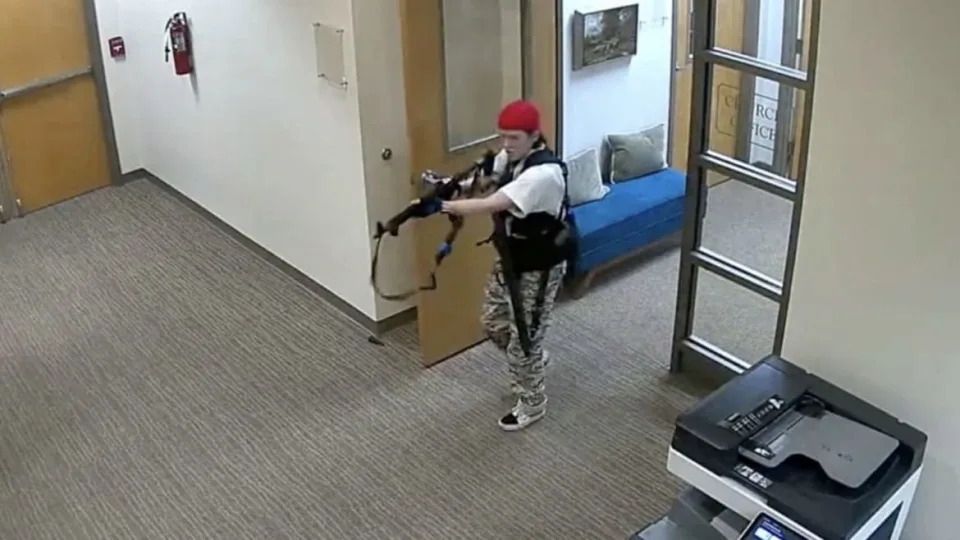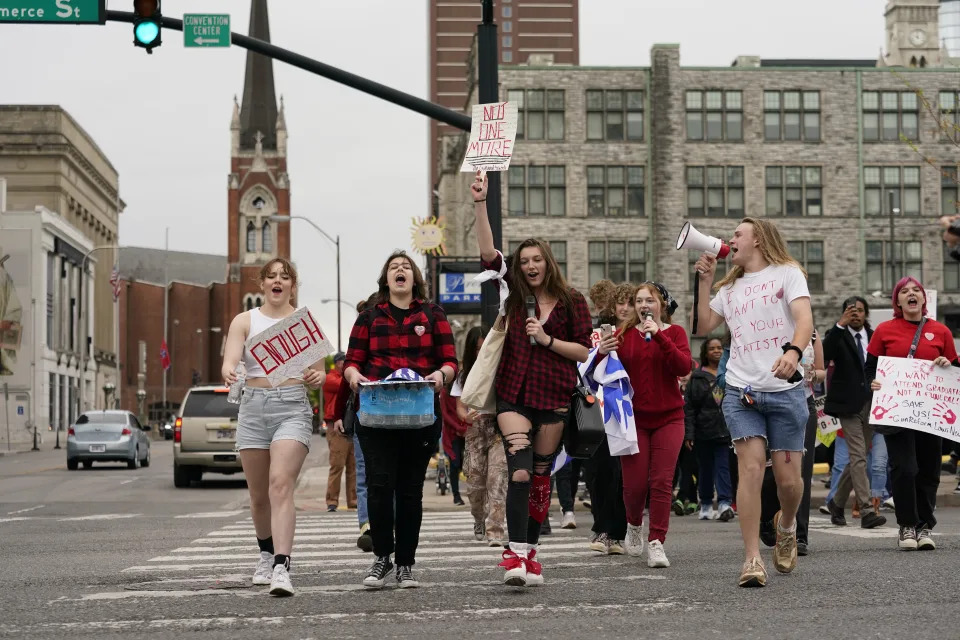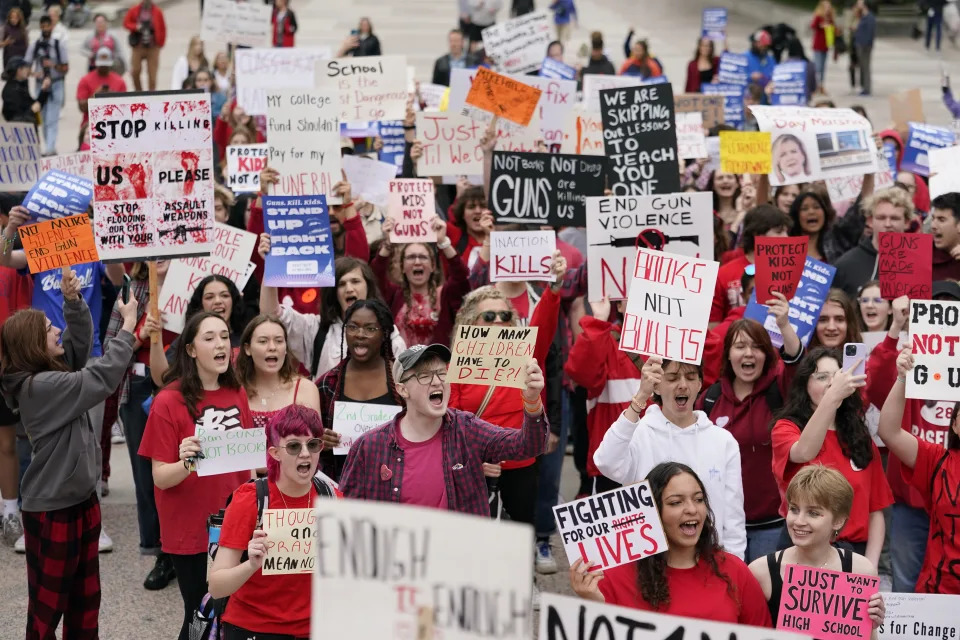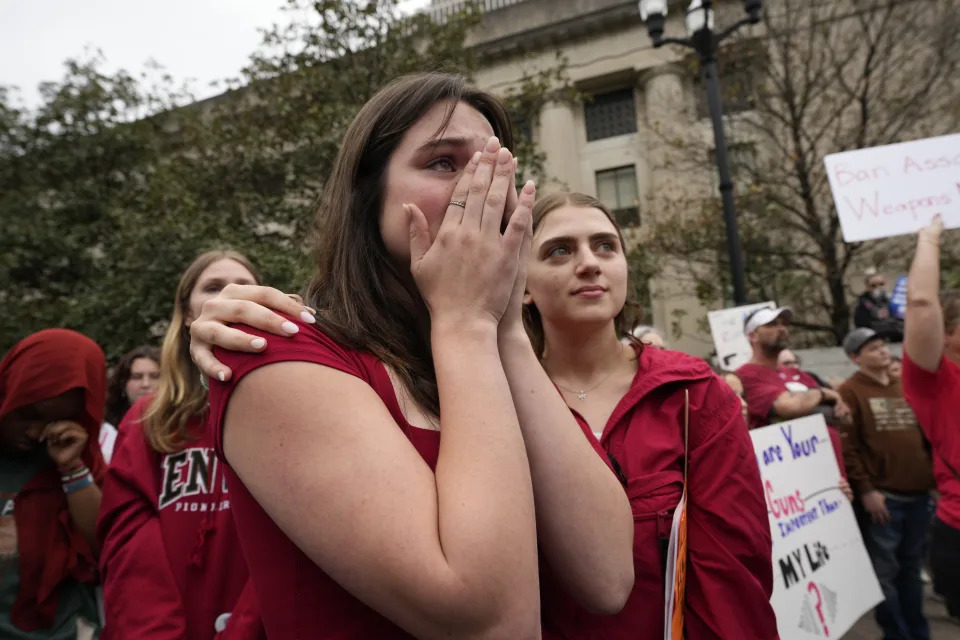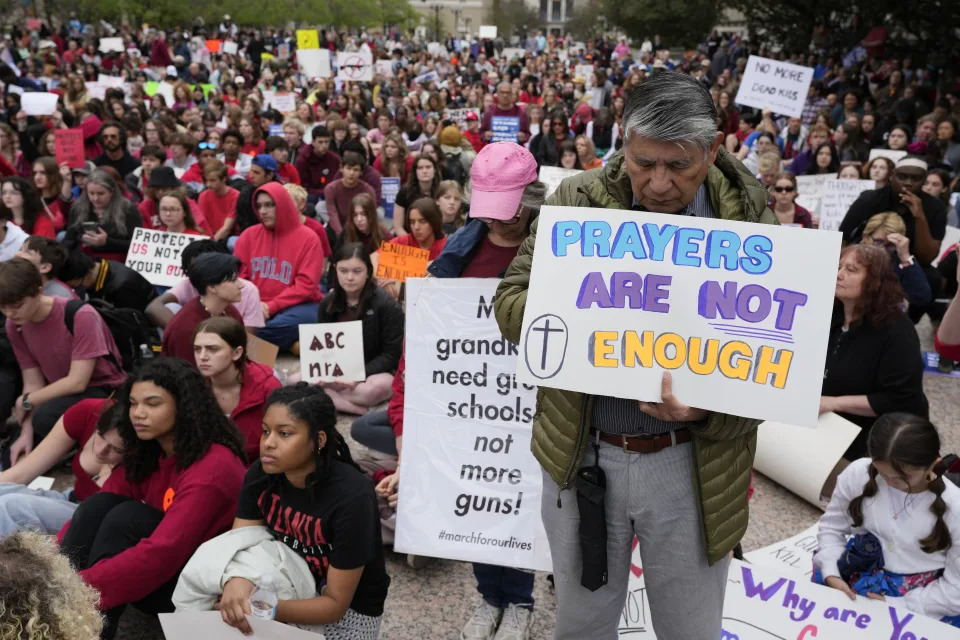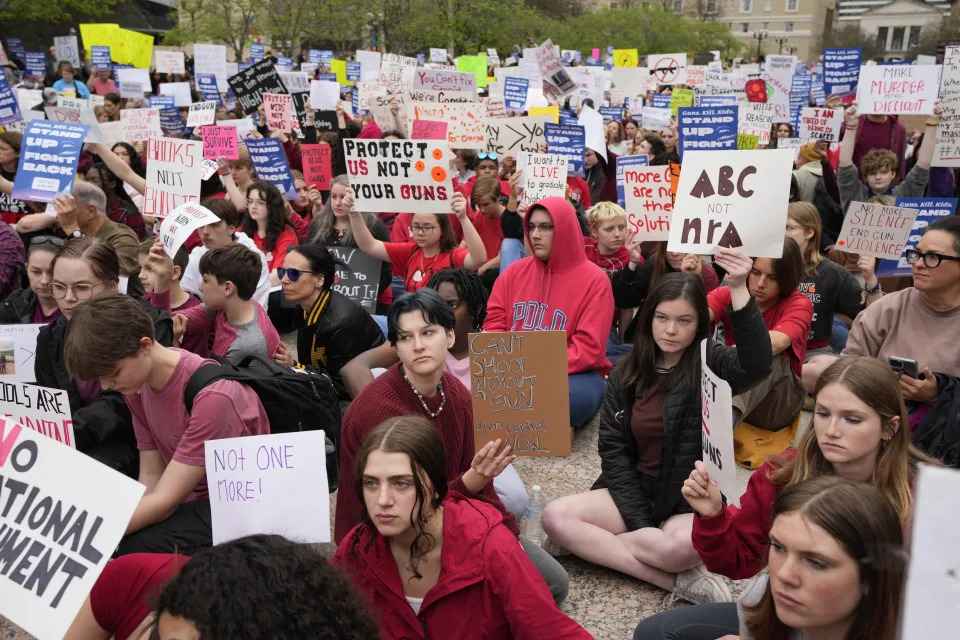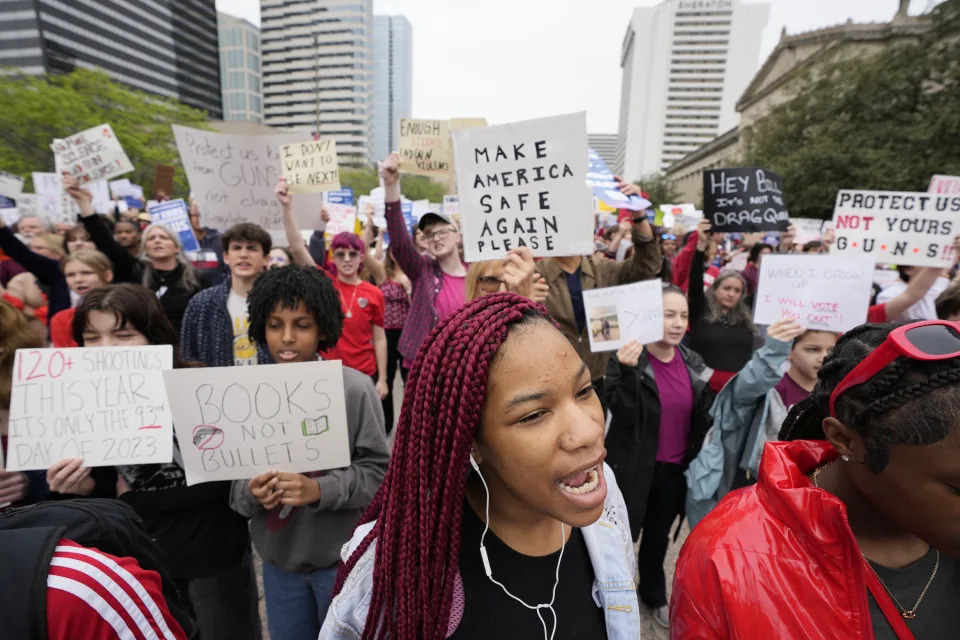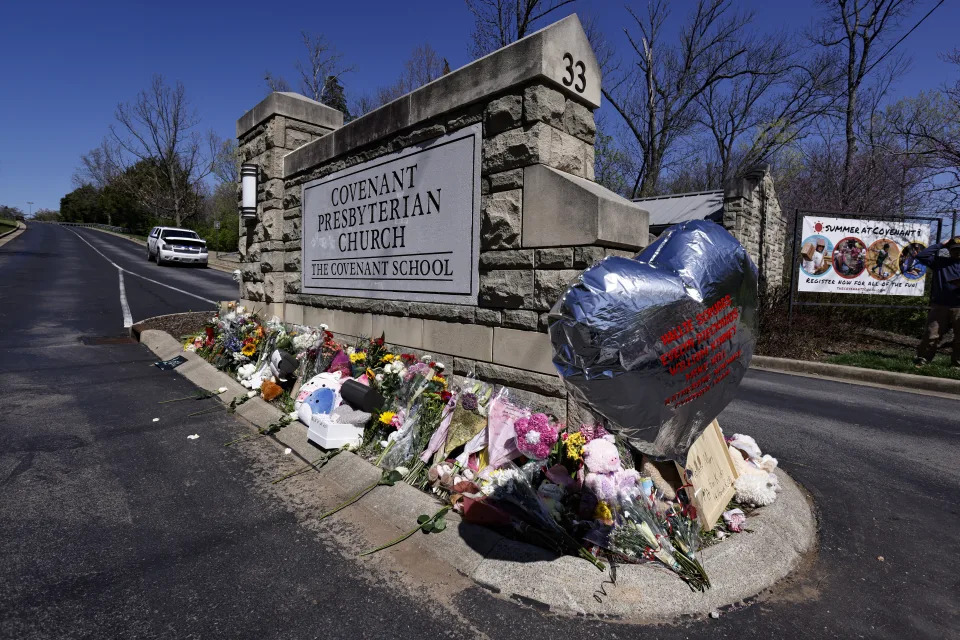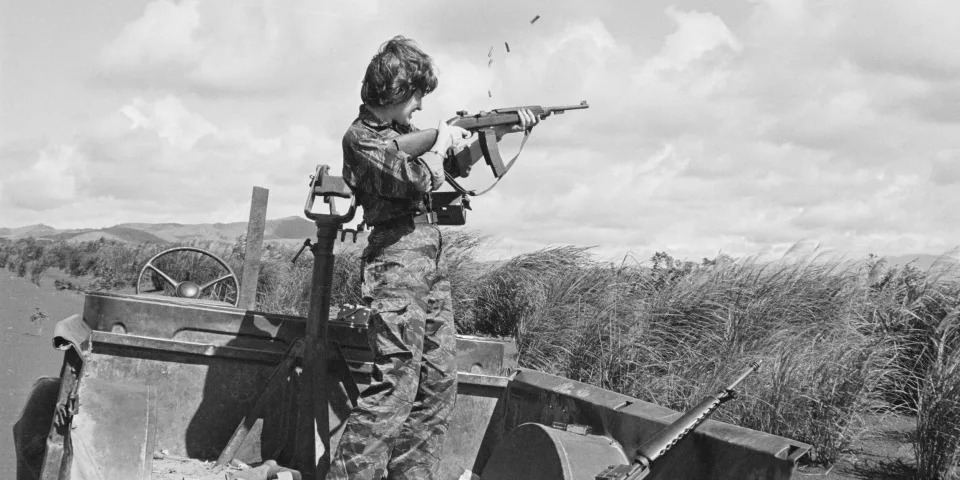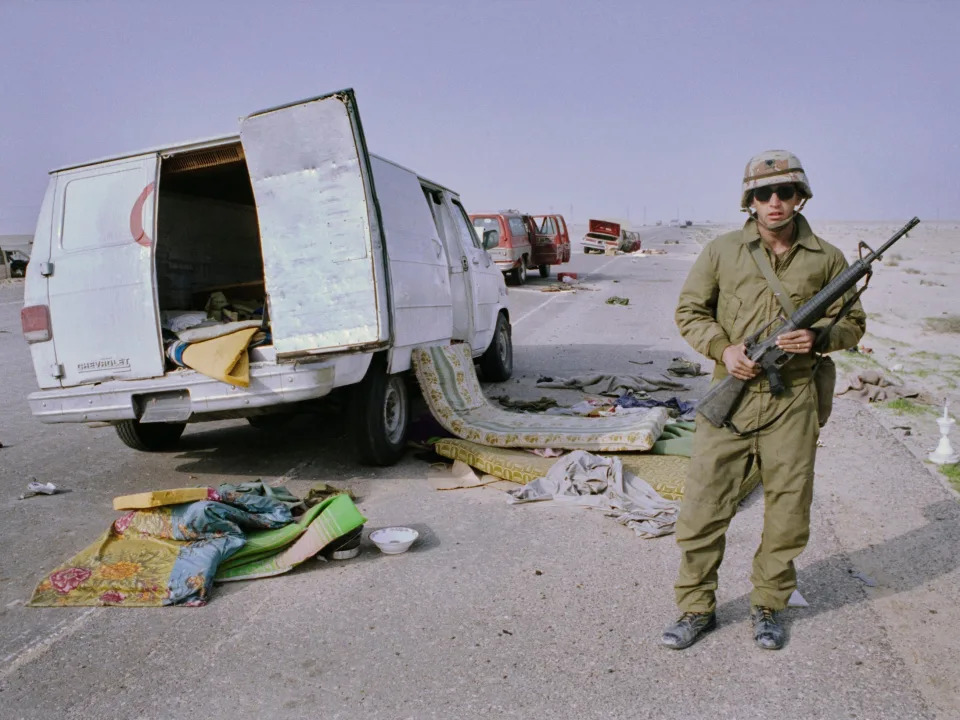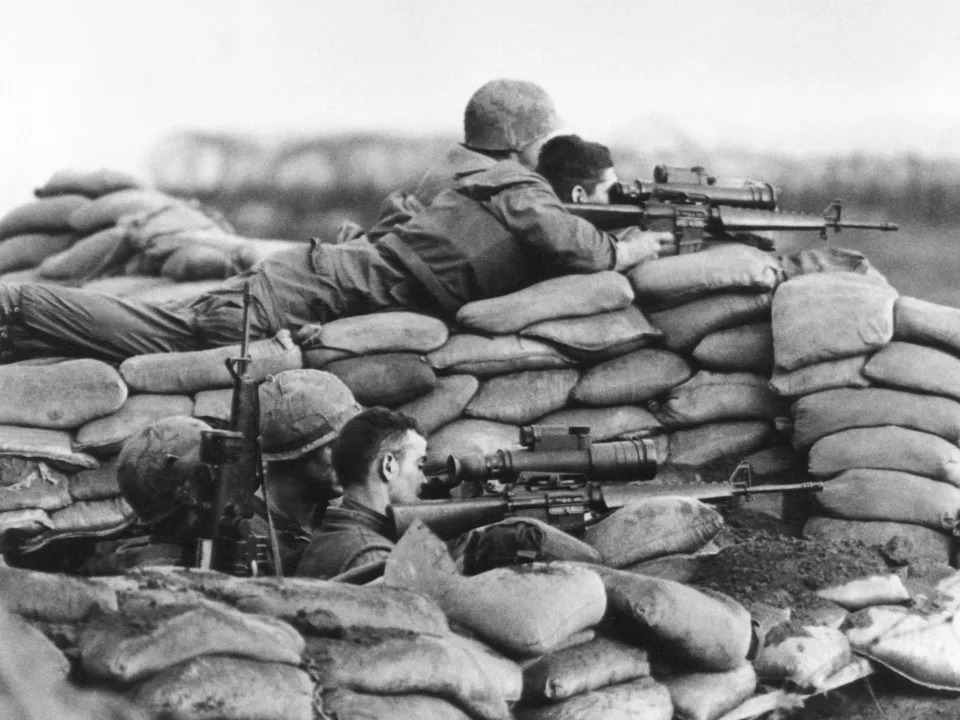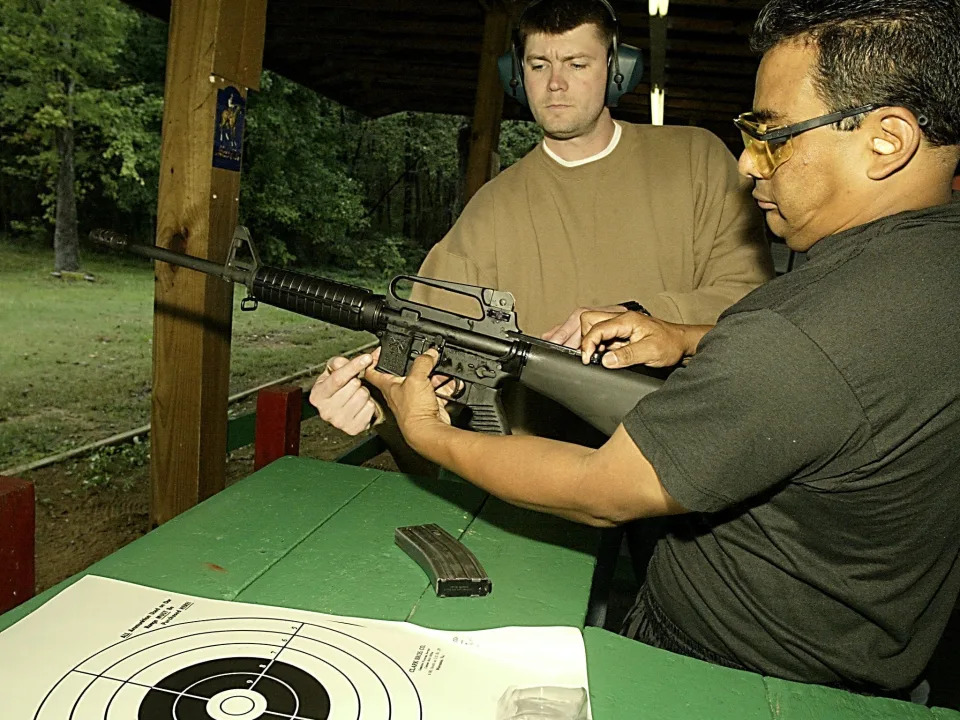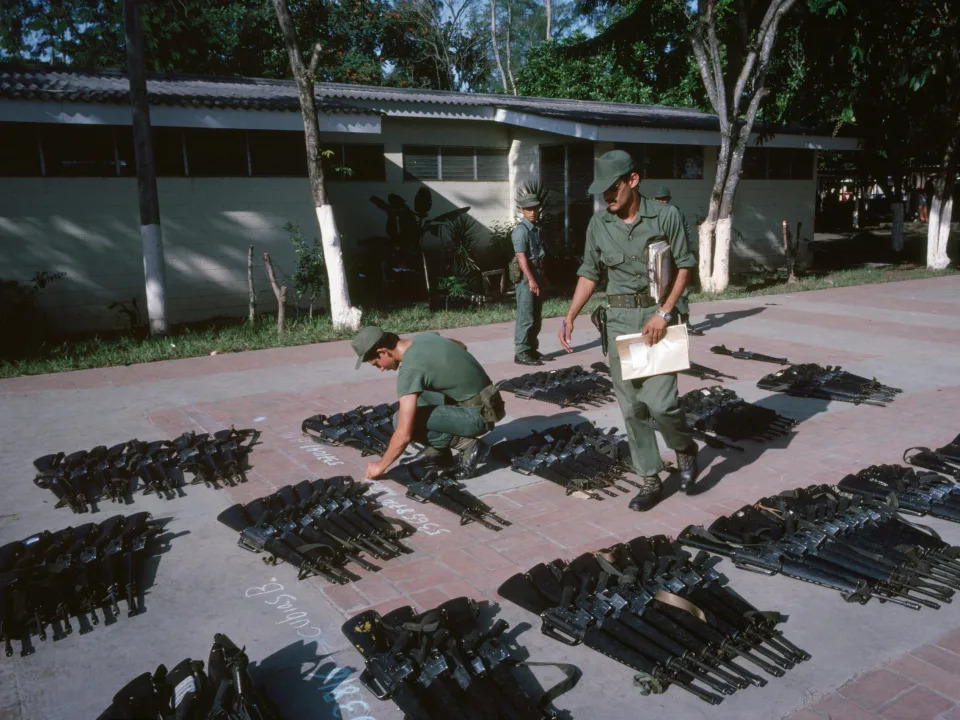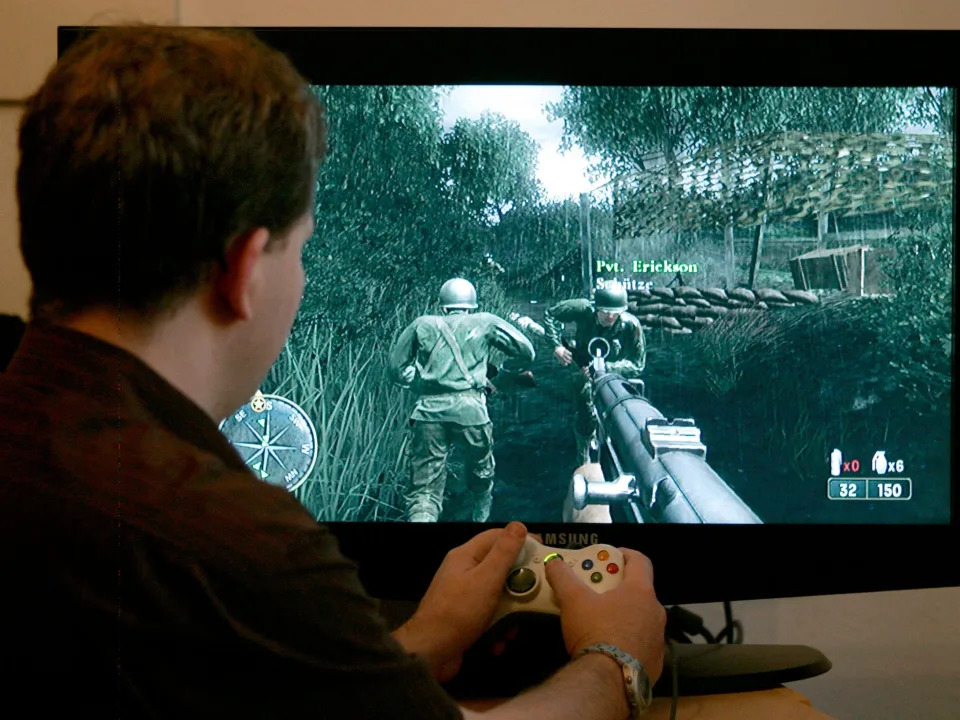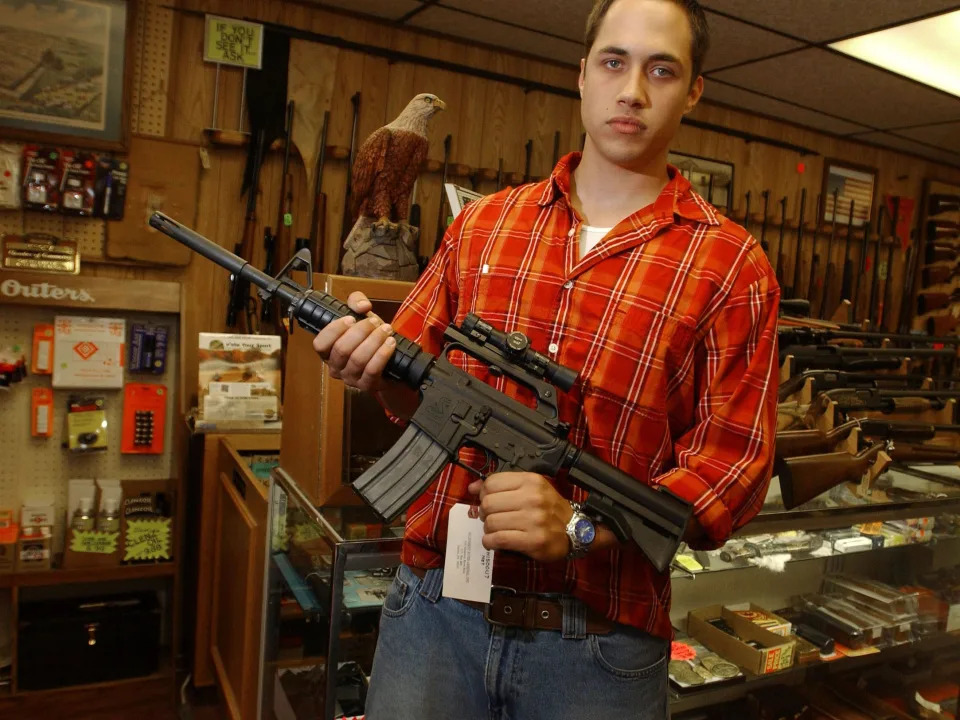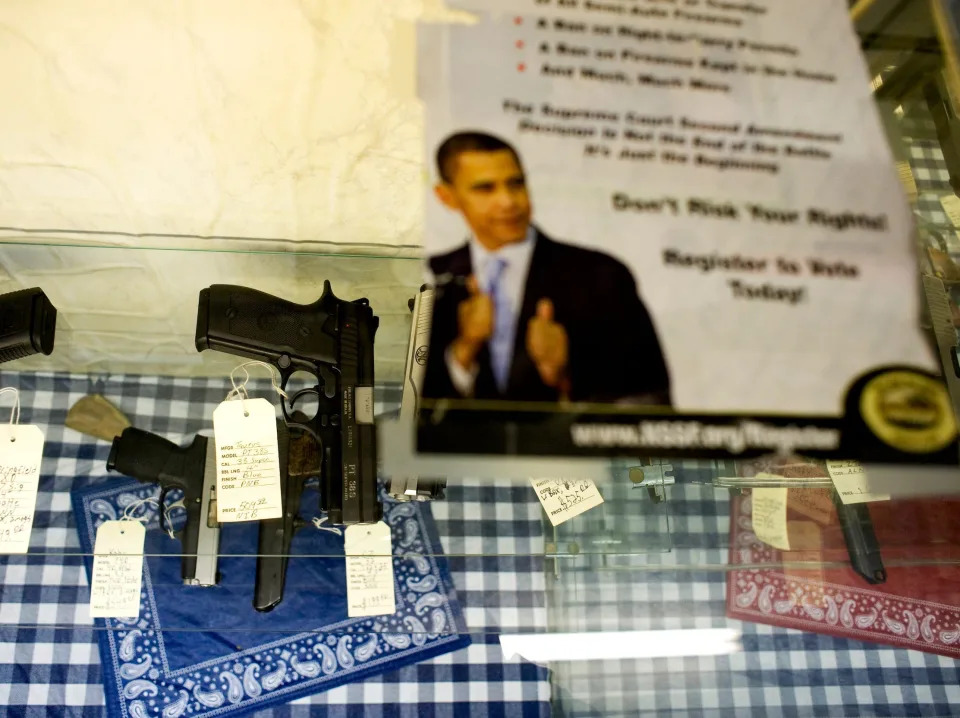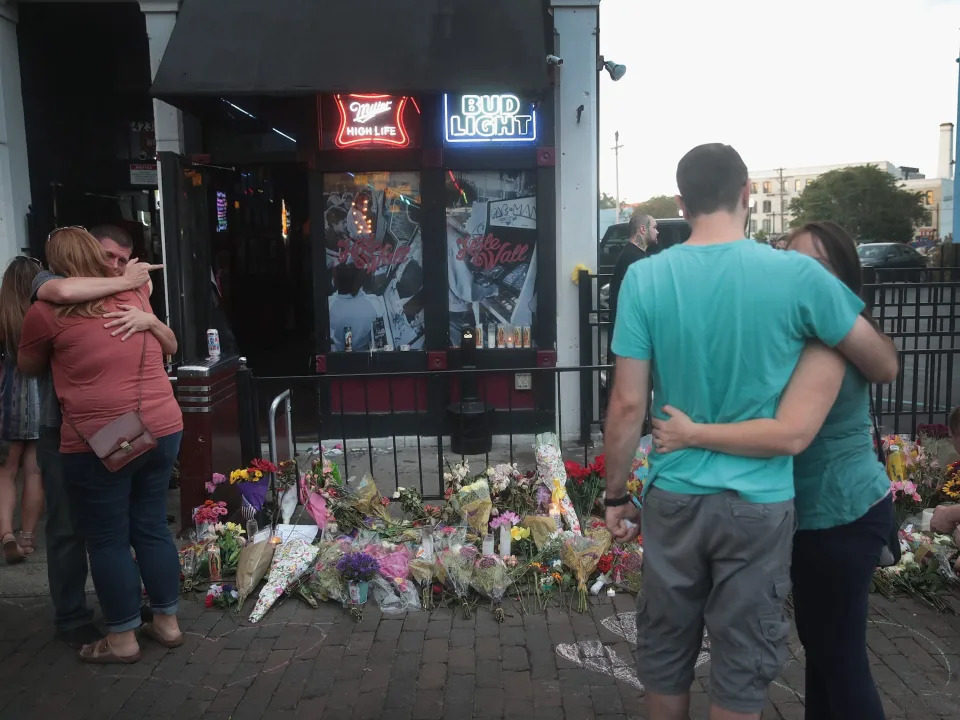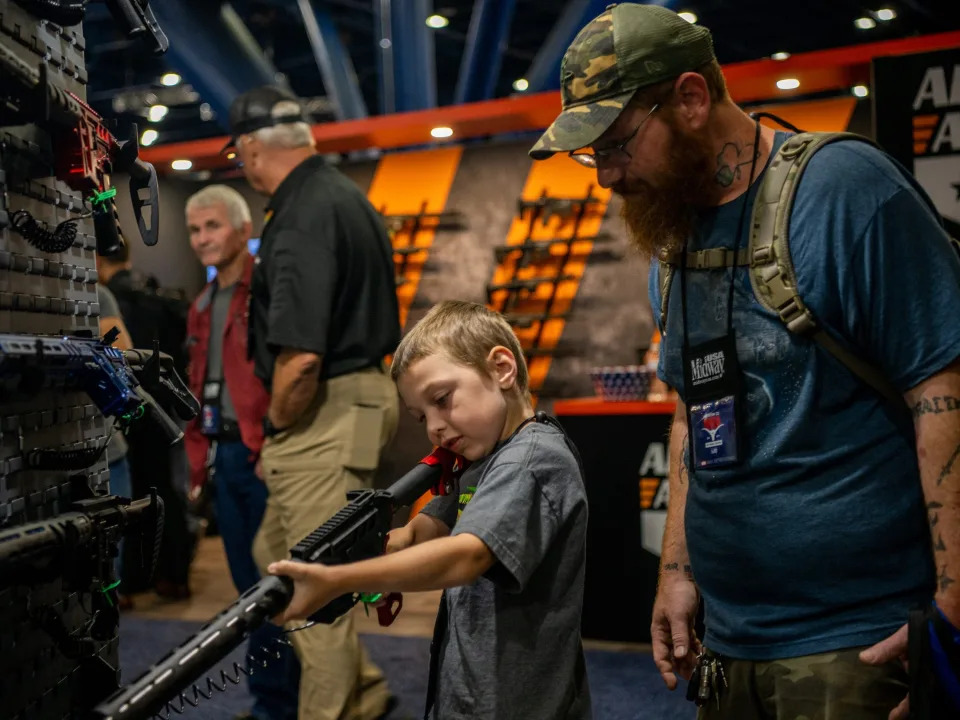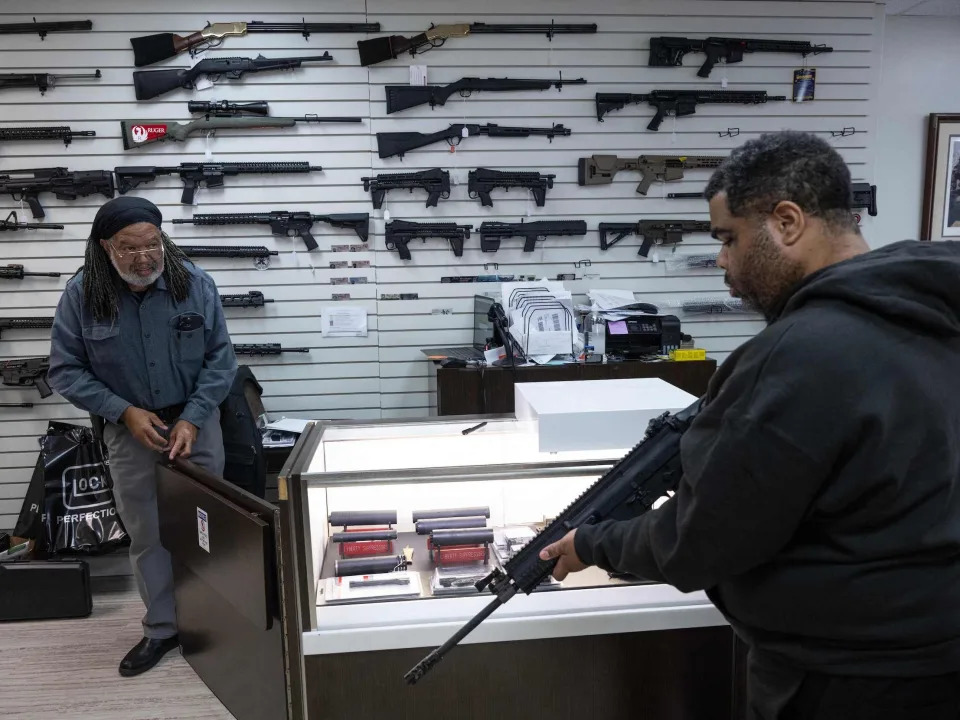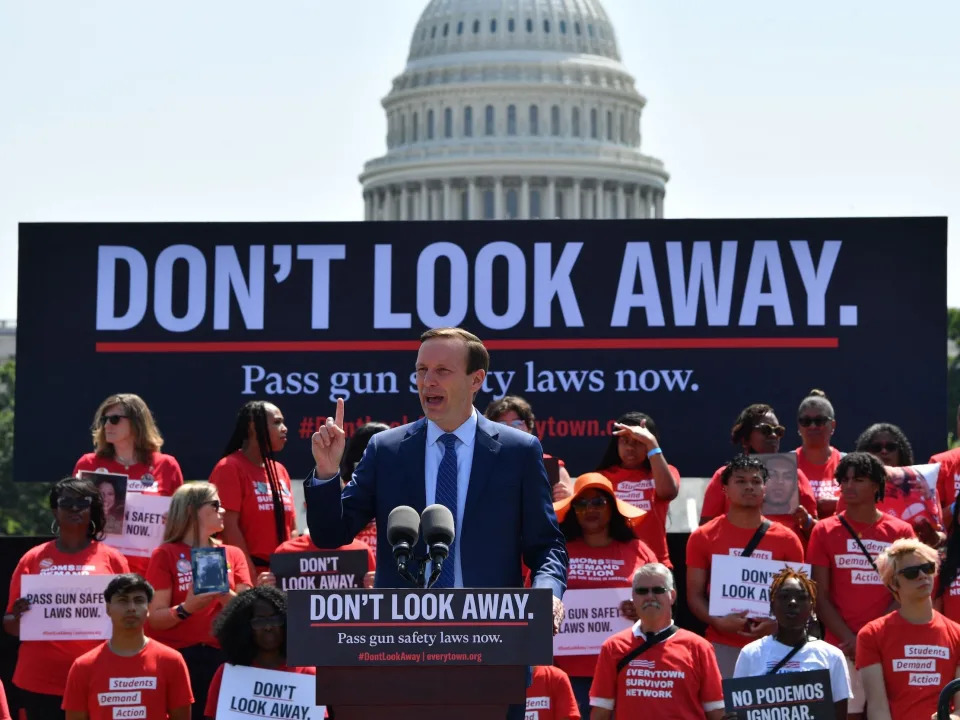Associated Press
Report details ‘staggering’ church sex abuse in Maryland
Les Skene, Brian Witte and Sarah Brumfield – April 5, 2023
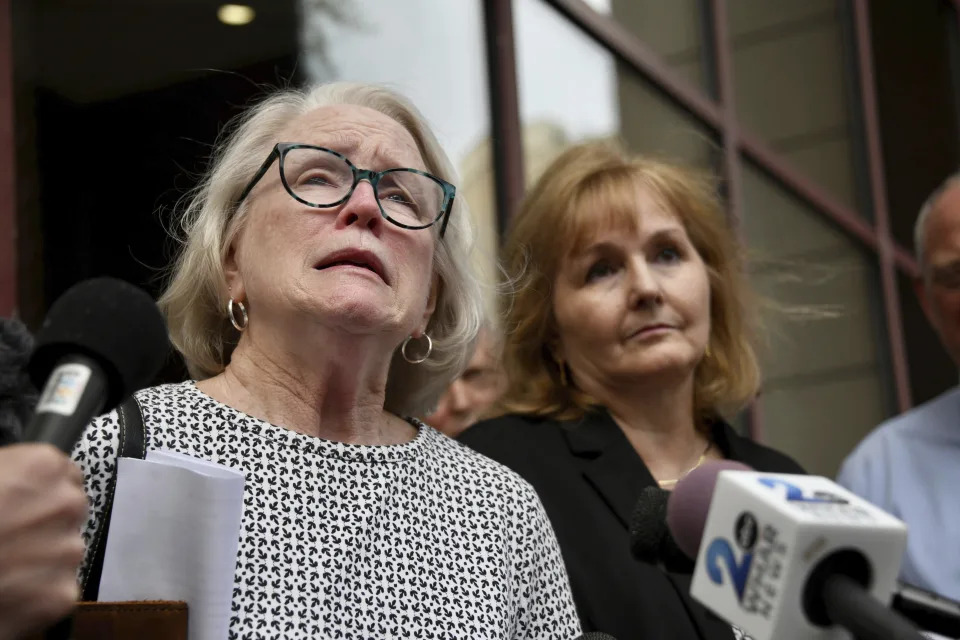

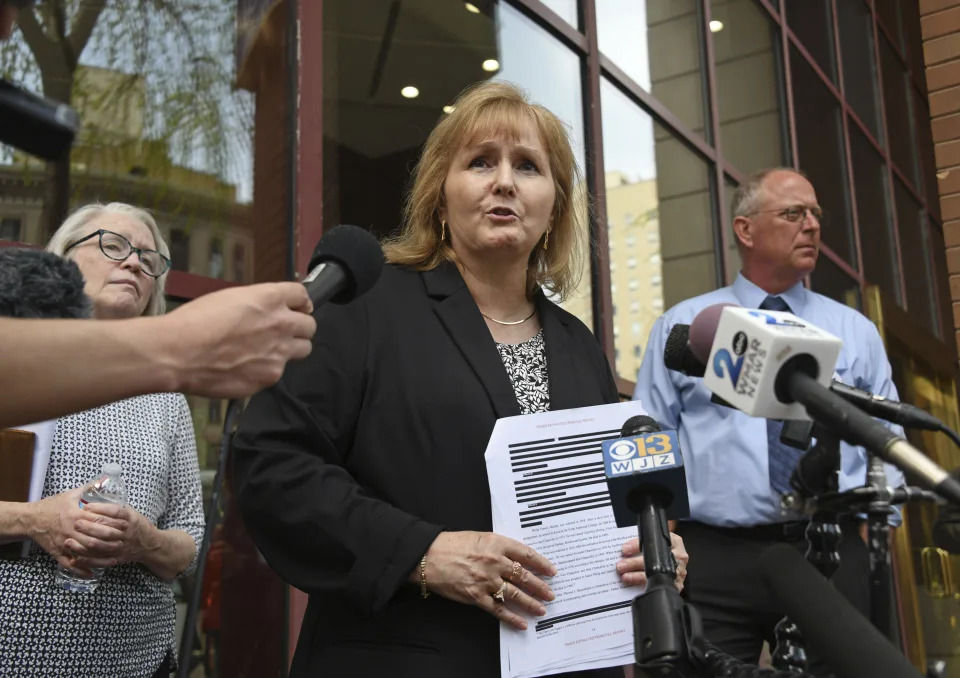
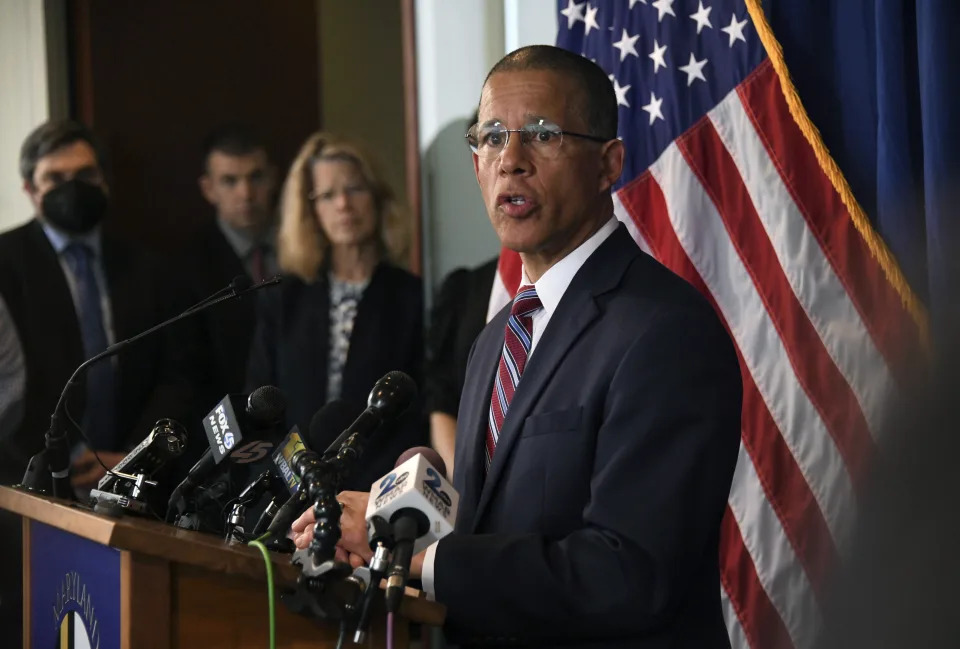
BALTIMORE (AP) — More than 150 Catholic priests and others associated with the Archdiocese of Baltimore sexually abused over 600 children and often escaped accountability, according to a long-awaited state report released Wednesday that revealed the scope of abuse spanning 80 years and accused church leaders of decades of coverups.
The report paints a damning picture of the archdiocese, which is the oldest Roman Catholic diocese in the country and spans much of Maryland. Some parishes, schools and congregations had more than one abuser at the same time — including St. Mark Parish in Catonsville, which had 11 abusers living and working there between 1964 and 2004. One deacon admitted to molesting over 100 children. Another priest was allowed to feign hepatitis treatment and make other excuses to avoid facing abuse allegations.
The Maryland Attorney General’s Office released the findings of their yearslong investigation during Holy Week — considered the most sacred time of year in Christianity ahead of Easter Sunday — and said the number of victims is likely far higher. The report was redacted to protect confidential grand jury materials, meaning the identities of some accused clergy were removed.
“The staggering pervasiveness of the abuse itself underscores the culpability of the Church hierarchy,” the report said. “The sheer number of abusers and victims, the depravity of the abusers’ conduct, and the frequency with which known abusers were given the opportunity to continue preying upon children are astonishing.”
Disclosure of the redacted findings marks a significant development in an ongoing legal battle over their release and adds to growing evidence from parishes across the country as numerous similar revelations have rocked the Catholic Church in recent years.
Baltimore Archbishop William Lori, in a statement posted online, apologized to the victims and said the report “details a reprehensible time in the history of this Archdiocese, a time that will not be covered up, ignored or forgotten.”
“It is difficult for most to imagine that such evil acts could have actually occurred,” Lori said. “For victim-survivors everywhere, they know the hard truth: These evil acts did occur.”
Also on Wednesday, the state legislature passed a bill to end a statute of limitations on abuse-related civil lawsuits, sending it to Gov. Wes Moore, who has said he supports it. The Baltimore archdiocese says it has paid more than $13.2 million for care and compensation for 301 abuse victims since the 1980s, including $6.8 million toward 105 voluntary settlements.
Maryland Attorney General Anthony Brown, who took office in January, said the investigation shows “pervasive, pernicious and persistent abuse.” State investigators began their work in 2019; they reviewed over 100,000 pages of documents dating back to the 1940s and interviewed hundreds of victims and witnesses.
ABUSE RECALLED AS A ‘LIFE SENTENCE’
Victims said the report was a long-overdue public reckoning with shameful accusations the church has been facing for decades.
Jean Hargadon Wehner said she was abused in Baltimore as a teen by A. Joseph Maskell, a priest who served as her Catholic high school’s counselor and chaplain. She said she reported her abuse to church officials in the early ’90s, when her memories of the trauma finally surfaced about two decades after she was repeatedly raped.
“I expected them to do the right thing in 1992,” she told reporters Wednesday. “I’m still angry.”
Maskell abused at least 39 victims, according to the report. He denied the allegations before his death in 2001 and was never criminally charged. The Associated Press typically doesn’t name victims of abuse, but Wehner has spoken publicly to draw attention to the issue.
Kurt Rupprecht, who also experienced abuse as a child, said he was in his late 40s when he pieced together his traumatic memories. He said the realization brought him some relief because it explained decades of self-destructive behavior and mental health challenges, but also left him overwhelmed with anger and disbelief.
Rupprecht said his abuser was assigned to the Diocese of Wilmington, which covers some counties on the Eastern Shore of Maryland.
“We’re here to speak the truth and never stop,” he said after the news conference. “We deal with this every day. It is our life sentence.”
The Survivors Network of Those Abused by Priests, known as SNAP, noted the report lists more names of abusers than have been released publicly by archdiocese officials. The organization called on the archbishop to explain the discrepancies.
Other investigations involving the Archdiocese of Washington and the Diocese of Wilmington, Delaware, which both include parts of Maryland, are ongoing.
ARCHDIOCESE TOOK STEPS TO PROTECT THE ACCUSED
The Baltimore report says church leaders were focused on keeping abuse hidden, not on protecting victims or stopping abuse. In some situations, victims ended up reporting abuse to priests who were abusive themselves. And when law enforcement did become aware of abuse allegations, police and prosecutors were often deferential and “uninterested in probing what church leaders knew and when,” according to the report.
The nearly 500-page document includes numerous instances of leaders taking steps to protect accused clergy, including allowing them to retire with financial support rather than be ousted, letting them remain in the ministry and failing to report alleged abuse to law enforcement.
In 1964, for instance, Father Laurence Brett admitted to sexually abusing a teenager at a Catholic university in Connecticut.
He was sent to New Mexico under the guise of hepatitis treatment and then to Sacramento, where another teenage boy reported being abused by Brett, the report said. He was later assigned to Baltimore, where he served as chaplain at a Catholic high school for boys and abused over 20 victims.
After several students accused him of abuse in 1973, Brett was allowed to resign, saying he had to care for a sick aunt. School officials didn’t report the abuse to authorities and dozens more victims later came forward. He never faced criminal charges and died in 2010.
The report largely focuses on the years before 2002, when an investigation by the Boston Globe into abuse and coverup in the Archdiocese of Boston led to an explosion of revelations nationwide. The nation’s Catholic bishops, for the first time, then agreed on reforms including a lifetime ban from ministry for any priest who commits even a single incident of abuse. While new national policies significantly improved the internal handling of reported abuse in the Baltimore archdiocese after 2002, significant flaws remained, according to the report.
Only one person has been indicted through the investigation: Neil Adleberg, 74, who was arrested last year and charged with rape and other counts. The case remains ongoing. Officials said he coached wrestling at a Catholic high school in the ’70s, then returned to the role for the 2014-2015 school year. The alleged abuse occurred in 2013 and 2014 but the victim was not a student of the school, officials said.
COURT TO CONSIDER RELEASING MORE NAMES IN THE FUTURE
Lawyers for the state asked a court for permission to release the report and a Baltimore Circuit Court judge ruled last month that a redacted version should be made public. The court ordered the removal the names and titles of 37 people accused of wrongdoing — whose names came out during confidential grand jury proceedings — but will consider releasing a more complete version in the future.
Lawmakers’ passage of a bill to end the state’s statute of limitations Wednesday came after similar proposals failed in recent years. Currently, victims of child sex abuse in Maryland can’t sue after they turn 38. The bill would eliminate the age limit and allow for retroactive lawsuits.
The Archdiocese of Baltimore has long faced scrutiny over its handling of abuse allegations.
In 2002, Cardinal William Keeler, who served as Baltimore archbishop for nearly two decades, released a list of 57 priests accused of sexual abuse, earning himself a reputation for transparency at a time when the nationwide scope of wrongdoing remained largely unexposed. That changed, however, when a Pennsylvania grand jury accused Keeler of covering up sexual abuse allegations while serving as bishop of Harrisburg in the 1980s.
Associated Press reporter Stefanie Dazio contributed to this report from Los Angeles. Peter Smith contributed from Pittsburgh. Witte reported from Annapolis and Brumfield reported from Silver Spring.

